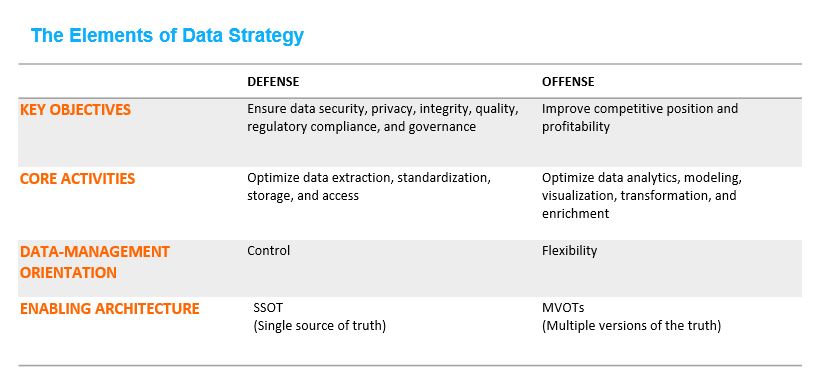Solid Data Strategies Start with the CFO
For many finance chiefs, their role as CFO is expanding to include many of the duties typically handled by the Chief Data Officer. CFO Magazine article “CFOs: Be the Heart of Data Integration” discusses the challenge of harnessing the available data and highlights how the shift in data ownership is putting CFOs at the center of the data universe.
More than Just Big Data
But just having access to ‘Big Data’ doesn’t automatically provide answers. To gain meaningful insights from all this available data, finance executives need tools that provide timely results and the ability to dive deep into data at a granular level. And as markets change rapidly, CFOs are facing increasing demands for answers that include both financial and non-financial data. Combining the two data types helps create a comprehensive view of the business’ performance and identifies areas for improvement so management can develop strategies based on current business conditions.
The goal of every finance organizations is to provide accurate, up-to-the-minute, and consistent data across all divisions and locations. Gathering and assembling data from customers, sales, and the supply chain from separate data sources is a cumbersome task. Companies are looking to the CFO to wrangle the different data types together to create a single version of the truth.
Establishing a Data Strategy
To accomplish this task, CFOs need a solid data strategy. The Harvard Business Review published an article – “What’s Your Data Strategy?” – that reviews a framework for building a robust data strategy applicable across different industries and levels of data maturity. The data strategy framework is designed help companies and CFOs clarify the main purpose of their data and guides the strategic data management process.
According to the HBR article, 80% of analysts’ time is spend simply discovering and preparing data, leaving the remaining 20% for the most crucial part of the data strategy process – analysis. The framework not only promotes the efficient use of data and allocation of resources, but it also helps companies design their data management activities to support their overall strategy. Using this approach allows CFOs and finance teams to quickly determine what data is important to their strategy and what information is not relevant to driving the desired strategy.
The chart below, “The Elements of Data Strategy”, highlights the essential focus areas for establishing a strong data strategy. In general, it requires flexible data and information architectures that allow single and multiple versions of the truth to support a defensive and offensive approach to data strategy.

Coupling these elements with input from C-Suite executives are the ingredients necessary to create a strong data strategy. All Single Sources of Truth (SSOT) must be quality, granular and standardized, and Multiple Versions of Truth (MVOT) should be carefully controlled and derived from the same SSOT. Data defense is about minimizing risk and ensuring the integrity of the data running through the company’s internal systems. Data offense focuses on supporting business objectives such as increasing revenue, profitability and customer satisfaction. The challenge for most CFOs or CDOs is to balance defensive and offensive approaches to best support their strategy. With few exceptions, they find that their best data strategy emphasizes either defense and control (which depends on a robust SSOT) or offense and flexibility (enabled by MVOTs).
Getting a Complete View
With compelling data sources and a good data strategy, finance teams and CFOs then work to integrate with other departments and functions across the company to gain a macro view of the business and ultimately get the answers they need. Successful CFOs at the heart of the data integration realize ongoing, real-time and smarter decision-making that aligns with their strategy, becoming truly transformational by putting the right processes, technologies and talent in place.
To find out how ImpactECS can help your C-suite and finance teams harness the power of your data by implementing a strong data strategy, Start Here!